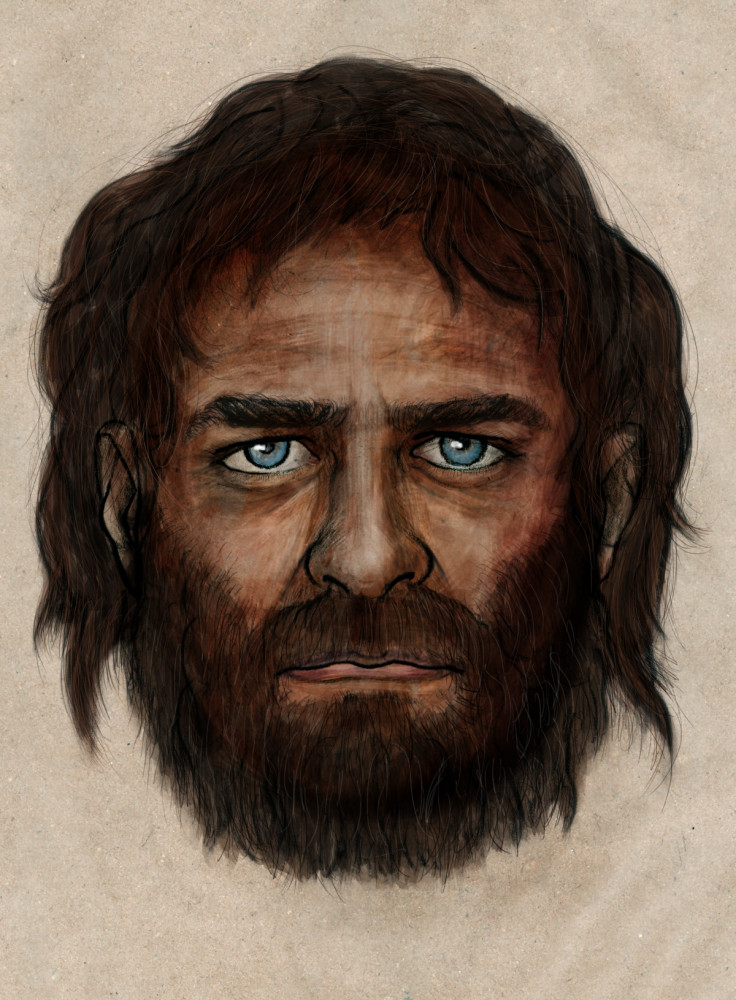European Hunter Gatherer La Brana Had Blue Eyes and Dark Skin, Scientists Discover

The genome of a European hunter-gatherer living during the Mesolithic period had blue eyes and dark skin, researchers have found.
Experts at the Spanish National Research Council (CSIC) and the Centre for GeoGenetics in Demark looked at a 7,000-year-old individual from the site of La Brana-Arintero in Spain.
The Mesolithic man was named La Brana 1 after his remains were uncovered at the site.
Carles Lalueza-Fox, a researcher at the CSIC, said that while the genome showed several interesting facts about the man, his looks were most striking: "The biggest surprise was to discover that this individual possessed African versions in the genes that determine the light pigmentation of the current Europeans, which indicates that he had dark skin, although we can not know the exact shade.
"Even more surprising was to find that he possessed the genetic variations that produce blue eyes in current Europeans, resulting in a unique phenotype in a genome that is otherwise clearly northern European."
The Mesolithic period lasted between 10,000 and 5,000 years ago, coming in between the Palaeolithic and the Neolithic periods.
Findings showed that La Brana could not digest lactose, which his later Neolithic relatives were able to do.

The study suggests populations closest to La Brana come from Northern Europe, such as Sweden and Finland. Findings also showed that he shares an ancestor with settlers of the Upper Palaeolithic site of Mal'ta, in Siberia.
"These data indicate that there is genetic continuity in the populations of central and western Eurasiam," Lalueza-Fox said. "In fact, these data are consistent with the archaeological remains, as in other excavations in Europe and Russia, including the site of Mal'ta, anthropomorphic figures –called Palaeolithic Venus– have been recovered and they are very similar to each other."
La Brana was discovered in 2006 in a cave in a cold mountainous area that has a steady temperature, which helped contribute to the "exceptional" preservation of two individuals found inside.
Inigo Olade, lead author of the study, said they now plan to sequence the genome of the other person found in the cave: "The intention of the team is to try to recover the genome of the individual called La Braña 2, which is worse preserved, in order to keep obtaining information about the genetic characteristics of these early Europeans."
© Copyright IBTimes 2025. All rights reserved.






















